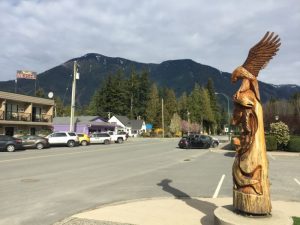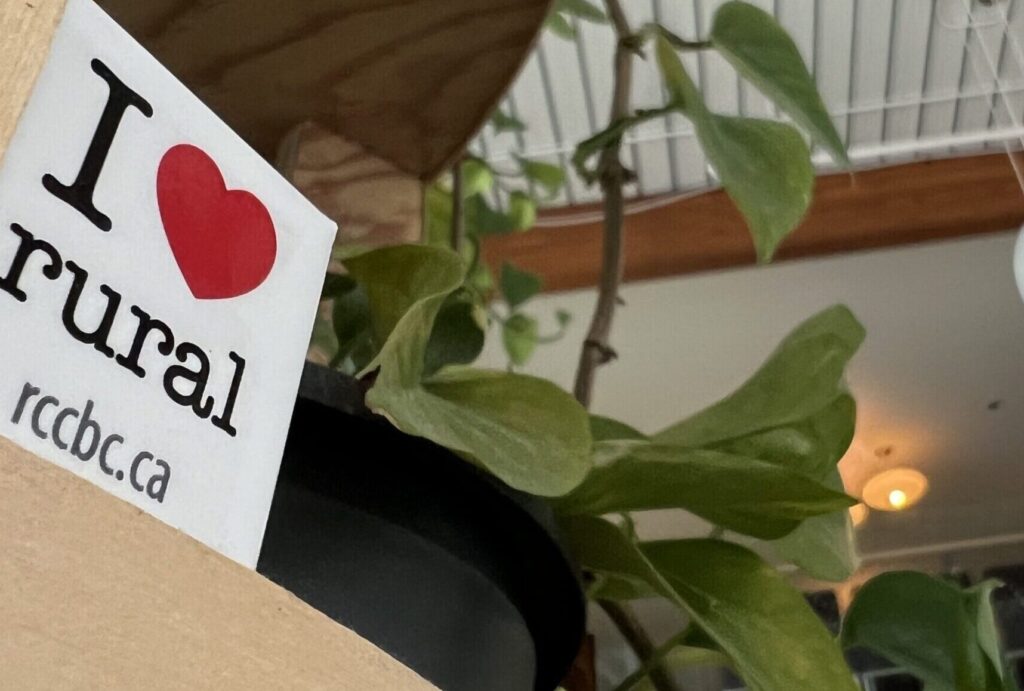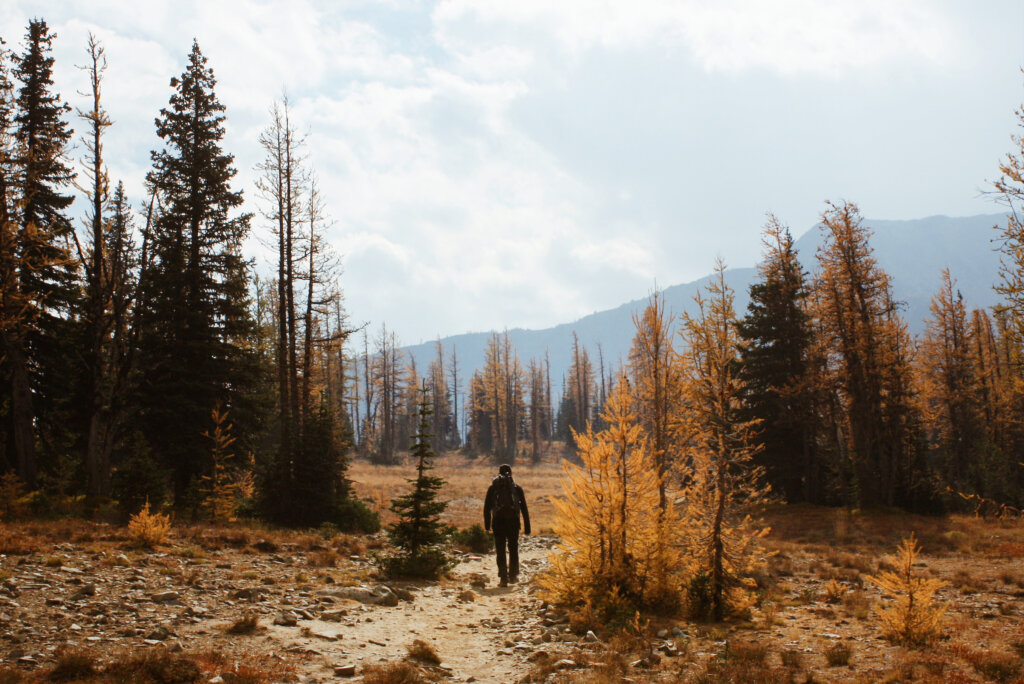
Rural communities know what they need to improve citizens’ health and wellbeing.
Nowhere is this more evident than in Hope and the greater Fraser Canyon area where, a few years ago, members of the community identified the most pressing challenges being faced by citizens.
Testing the new Simple CTA title
“When you live in a rural area, you’re more likely to die of a car accident because of the geography, and when you live in this rural area, you’re likely to be on the lower socio-economic scale,” explains Dr. Josh Greggain, Site Medical Director, Fraser Canyon Hospital. “You therefore have some health habits, like smoking, alcohol intake, or higher propensity for mental illness.”
With these challenges in mind, the community approached Fraser Health to see what could be done. Over a cup of coffee with the health authority’s President and Chief Executive Officer at the time, the group told him what they knew. Shortly after, new research was released, which backed up their assertions.
Something incredible resulted from that meeting. Fraser Health awarded the community a $500,000 annual grant to design and implement their own solutions in Hope and the Fraser Canyon. The Hope Health and Wellbeing Initiative was established.
Community members from Fraser Health, First Nations, the municipal government, Divisions of Family Practice, and community organizations worked together and consulted with the greater community to determine on which issues to focus. Through extensive community consultation, community members landed on five key areas: Mental health, health service coordination, volunteerism, transportation for patients, and youth work.
That’s when the real work started—and hasn’t stopped. Since the inception of the Hope Health and Wellbeing Initiative about three years ago, several “healthy living coordinators” have been hired, and a number of youth, volunteer and community connection programs have been established.




The results speak for themselves
Over 400 youth have been connected to mental health, food, literacy, and substance abuse programs, more than 120 new volunteers have been recruited and attached to 24 organizations, and almost 300 adults have been able to access mental health services
In addition, the Hope Health and Wellbeing Initiative was able to fund 19 visiting specialists, allowing for 6,858 patient visits to occur in the local area, resulting in patients saving almost $380,000 in travel costs. And to get patients to and from their health appointments, volunteer drivers have logged well over 2,578 hours of driving time.
Smaller “micro health” grants of up to $10,000 have also been awarded through the Initiative, resulting in projects that have improved physical activity, healthy eating, social inclusion and positive mental health, and smoking and substance use cessation.

